Inside Apple's 2016 MacBook Pro: USB-C and Thunderbolt 3
With Apple's new MacBook Pro expected in the coming months, AppleInsider takes a look at technologies expected to be updated, or removed, from the new portable. In many ways, one of the key changes could be the anticipated embrace of new, smaller USB-C ports with high-speed USB 3.1 and Thunderbolt 3 data connectivity.
The long-term lack of revision of the MacBook Pro has resulted in Apple falling behind somewhat in data transfer technologies. Two updated standards that the new computer should see are Thunderbolt 3, and USB 3.1 type C.
While Apple has used older versions of both in previous, or other, models, there are recent advances in both protocols that need to be examined.
Understanding the present and predicting the future needs an examination of the past.
A brief history of USB
Prior to the development of the Universal Serial Bus, several connector standards were prevalent in the marketplace. Four different common serial port connectors existed, with some adaptable to each other, and some not.
PS/2 ports, an outgrowth of the serial port, were used for keyboards and mice on Windows computers and on some Macintosh clones, with Apple using its own Apple Desktop Bus (ADB) for user input. Higher speed connections were provided through generations of the Windows-centric parallel port, various flavors of Small Computer System Interface (SCSI) with attendant revisions, and later, FireWire.
The Universal Serial Bus protocol was revealed in January 1996, and was intended to be a standard port providing ample power for devices to run without external power, as well as data transfers at up to 1.5 megabits per second in "low speed" and later 12 megabits per second in "high speed" with USB 1.1. It was during the release that the conventional Type A USB cable end for plugging into a host device, and Type B connectors for peripheral use were introduced.
USB didn't get wide industry support for years — not until Steve Jobs revealed the original iMac with USB 1.1.
The USB 2.0 specification was published in April 2000, upping data transfer speeds to 480 megabits per second. USB 3.0 was launched in 2008, with the new "SuperSpeed" mode providing peak connections of up to a potential 5 gigabits per second.
Each iteration of USB brought with it improvements to how power was delivered, ultimately leading to USB power being used without data to charge many devices today.
The modern USB-C connector
In 2013, the USB Implementers Forum revealed USB 3.1, which doubled connection speeds to 10 gigabits per second with a new "SuperSpeed+" transfer mode and a slightly modified Type B peripheral connector. Shortly after announcement of the USB 3.1 speed boost, came a new connector with the potential for a symmetrical single cable to provide power not just to peripherals, but host device power as well — USB-C.
After the USB-C reveal, naming conventions got shuffled around. USB 3.0 connections with 5 gigabits per second data transfer implementing the USB-C connector and associated power delivery benefits were called "USB 3.1 Gen 1." Later full USB 3.1 uses with the USB-C connector are sometimes called Gen 2, but more commonly "USB 3.1 type C."
Apple's first device with the USB-C connector was the 2015 rebirth of the MacBook. It used a single USB 3.1 Gen 1 connector, with speed limited to 5 gigabits per second. Since the 2015 MacBook, USB-C in both the slower speed Generation 1 and the full 10 gigabit per second Generation 2 implementations are prevalent in the marketplace.
At present, there are some sporadic controller chip incompatibility issues with USB 3.1 like there were in the early part of the century with USB 2.0 that ultimately took some time to work out.
Enter Thunderbolt
The modern Thunderbolt connector was developed by a consortium of companies, including Apple and Intel, as "Light Peak." Like USB, Thunderbolt provides device power, with early versions of Thunderbolt providing more power than USB did at the time.
Thunderbolt take a different approach to data transfer, and in many ways is more like Apple and Texas Instruments' legacy FireWire connector than USB. Further reinforcing the similarity, there are Thunderbolt to FireWire and Thunderbolt to USB 3.0 adapters, but not USB 3.0 to FireWire or USB 3.0 to Thunderbolt connectors.
Where USB uses a hub and spoke topography for multiple devices, Thunderbolt uses a chain, up to seven devices deep. Thunderbolt has always contained the DisplayPort protocol, meaning a Mini DisplayPort monitor can be plugged into a Thunderbolt chain of devices with no additional chipset needed to translate the signal to video.
Thunderbolt originally provided speeds of up to 10 gigabits per second per channel, with two channels available, limiting speeds to 10 gigabits per second on any given device. In 2013, Thunderbolt 2 launched, and provided up to 20 gigabits per second total — the same as the original Thunderbolt, but the pooled maximum data speeds made the newer version more flexible overall with multiple chained devices.
The latest incarnation, Thunderbolt 3, has two discrete speeds. Using "active" cables, or cables with transceiver chips embedded in them for negotiation, peak speeds can reach 40 gigabits per second.
Thunderbolt 3 can also use "passive" cables without transceivers, cutting the downstream speed to one channel at 10 gigabits per second.
Unification theory
In 2015, the The USB group, and the assortment of companies controlling Thunderbolt, unified behind one physical connector. Much the same way that a Mini DisplayPort connector isn't equivalent to Thunderbolt but can be used in a Thunderbolt chain, USB 3.1 and Thunderbolt 3 use the same physical connector.
The best way to think about it is to consider Thunderbolt 3 as the "master" cable, which contains other protocols. The initial Thunderbolt 3 supports HDMI 2.0 and DisplayPort 1.2 protocols for 60Hz 4K support, and can supply a total of 100 watts of power to downstream devices.
Older Thunderbolt peripherals are compatible with Thunderbolt 3 with the use of adapters, but they will have to be located at the end of a Thunderbolt peripheral chain.
Additionally, since the USB-C protocol can be contained in Thunderbolt 3, cables inserted into a Thunderbolt port will function normally, with the same topographical considerations for peripherals that USB demands, such as using a hub to extend connectivity.
The converse is not true. While a Thunderbolt peripheral can be physically plugged into a dedicated USB-C port, it will not function.
Thunderbolt 3 does not yet have native CPU support on any currently shipping processor, but it is coming on the recently released Intel "Kaby Lake" processor family. However, "Kaby Lake" processors aimed at a high end portable workstation like the MacBook Pro aren't expected to appear until the end of 2016 or the start of 2017.
So, any Thunderbolt 3 support would need to be from a bridging chipset — above and beyond native processor support — that could be omitted when Apple ultimately supports "Kaby Lake."
Apple's future portable Mac line, and the USB-C/Thunderbolt connector
If rumors are to be believed, the new MacBook Pro refresh that has been expected for some time will have at the least USB-C, and probably Thunderbolt 3. Thunderbolt 3 is a faster port than USB-C, can still provide device power. Plus, given the one-way nature of the Thunderbolt 3 to USB-C relationship, we hope that all the ports on the new model will be Thunderbolt 3, to eliminate consumer confusion.
The 15-inch MacBook Pro last updated in 2015 has two Thunderbolt 2 ports on the left side of the case, and single USB 3.0 Type A standard rectangular connectors on both the left and the right. There is an Apple-specific MagSafe 2 connector and analog audio dual-purpose jack on the left. The right has a HDMI port, and a SD card slot. Digital data ports for cables come to a total of five, including HDMI, but not including the analog audio port, and the SD card slot.
Existing suspected case leaks suggest that there are a pair of ports utilizing the common USB-C/Thunderbolt 3 connector on both the left and right side of the cases, plus an unknown circular port on the right, which is probably not MagSafe. Presumably, power to the MacBook Pro will be provided through one of the Thunderbolt ports, with MagSafe a thing of the past.
The dongle game, revisited
Apple's minimal design aesthetic has helped and hurt users simultaneously.
Some migrations, such as the removal of the floppy drive at the same time that USB 1.1 was added to the Apple product line, have ultimately advanced the industry. Some, like the Apple Display Connector, have not.
Thunderbolt 3 is an amazingly flexible core connector, which for the first time, brings every connectivity need including computer power to a single form factor — but for a price.
Anybody who's used any form of Apple portable since the Powerbook 100 is familiar with the need to have specific adapters for connectivity. Twenty five years spanning SCSI adapters, AAUI networking connectors, HDI-45 video dongles, USB to ADB connectors, and now an assortment of Thunderbolt pigtails should give us all some kind of indication that Apple continues to pursue the "one port to rule them all" concept, and Thunderbolt 3 gives Apple a way to finally execute that vision for macOS.
 Mike Wuerthele
Mike Wuerthele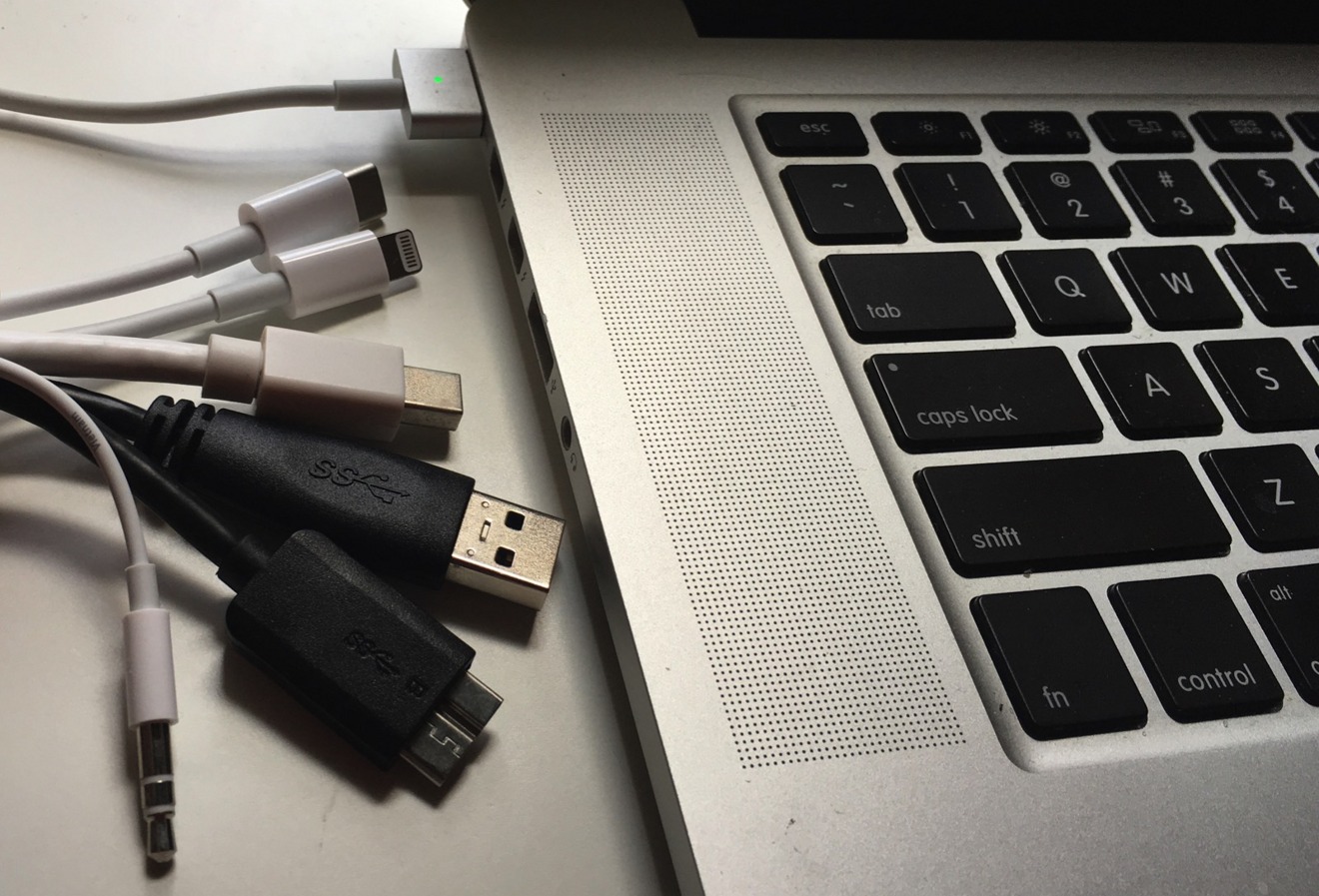
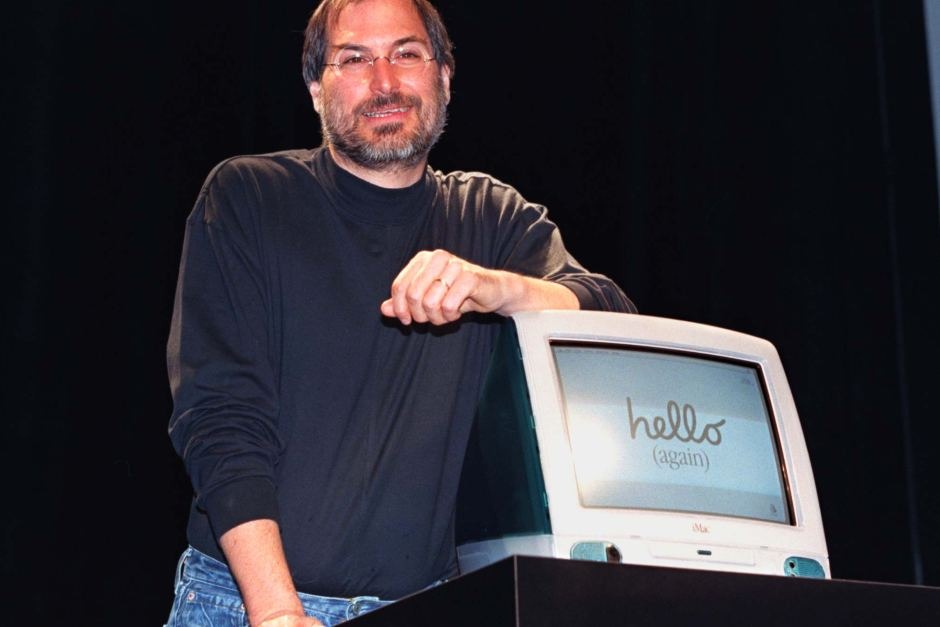
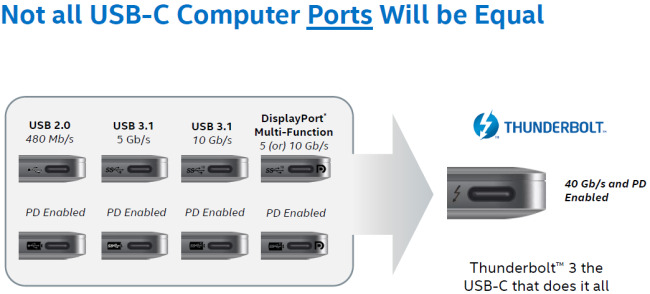
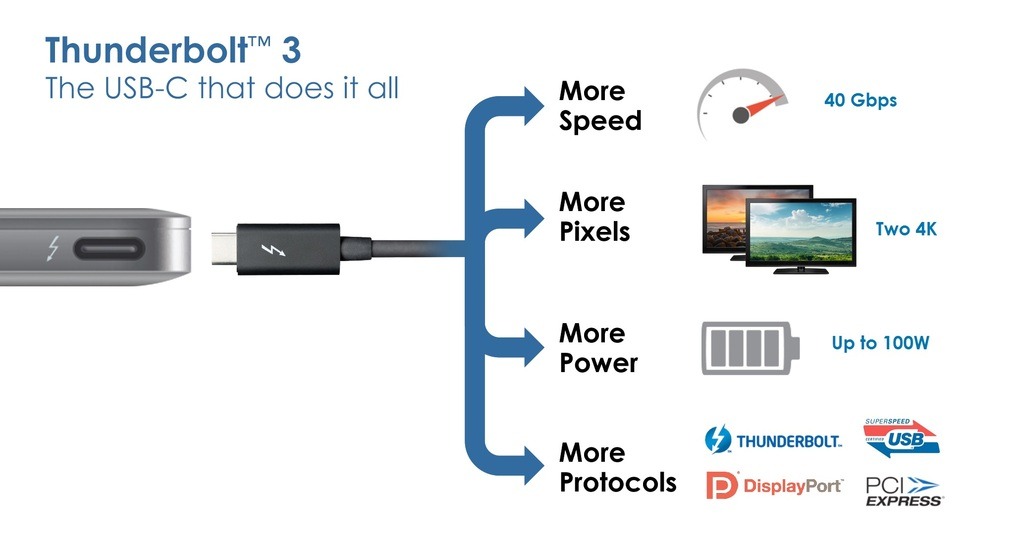
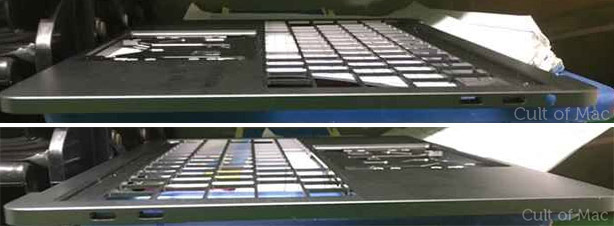

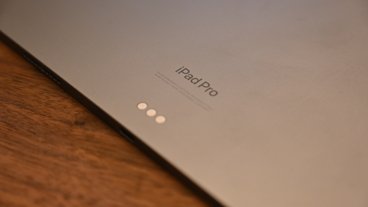








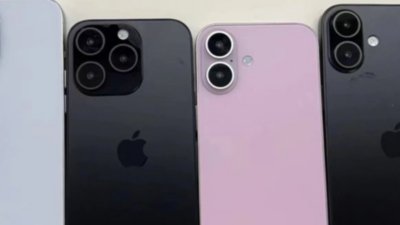
 Charles Martin
Charles Martin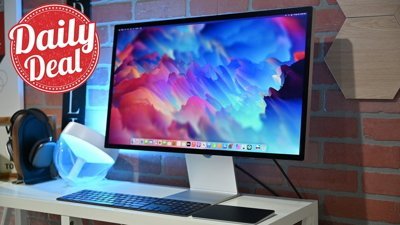
 Christine McKee
Christine McKee
 Malcolm Owen
Malcolm Owen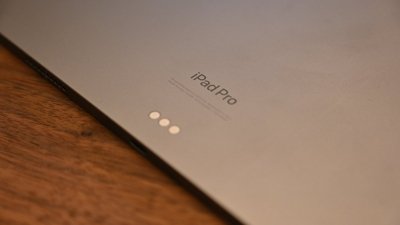




 Chip Loder
Chip Loder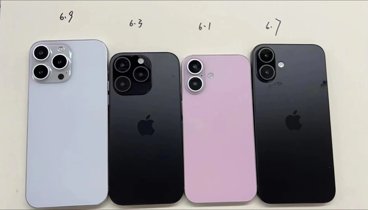
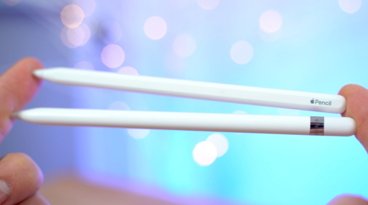






58 Comments
I could see and would be okay with a MacBook Pro with no connectors but Thunderbolt 3, if, that's a big if, if there were enough of them (min. of 4), and Apple included the following adapters in each box: Gigabit Ethernet; USB type-A; Audio; Leave the SD card slot in place too (it's a card slot, not a port).
great article clarifying a confusing subject...thanks
I think that Apple has been delaying hardware due to Intel's delays in processors. As such it would be a shame to see a new MacBook Pro (or Mac Pro) come out this fall without Kaby Lake processors. The reports out yesterday indicate that Kaby Lake variants for Apple wouldn't be out until very late this year or early next ( http://www.macrumors.com/2016/08/16/first-kaby-lake-computers-coming-this-fall/ ).
I don't think it is the Intel processors delaying new Macs, but rather the infancy of USB 3.1 gen2 and Thunderbolt 3.
Sure, Thunderbolt 3 computers with 6th generation Skylake processors have been shipping since Fall 2015, but there don't seem to be many peripherals shipping. There definitely appears to be a problem getting robust, reliable peripherals and cables that can operate at these phenomenal new speeds. Yess, those computers also shipped with USB 3.1 gen2 and Thunderbolt 3 connectivity via Type-C connectors, but where are the real peripheral products?
I wonder if we're going to see Apple do another port inf efface cleansing, like when they adopted USB across the board with the original iMac. IOW, you get a bunch of USB-C ports and a Lightning port.
I don't mind that MagSafe may go away now that we have all-day battery life in these machines. I like that I'play be able to charge my Mac whilst driving, without the use of a seperate inventor. Let's be honest, it's less of a problem that in use to be with those deep power ports, and the technology needed to effectively have the same size MagSafe with data going through it over optical to avoid EM interference just isn't feasible.
Ideally, for me, I'd like to have MagSafe and 2x USB-A on the next MBP, for the next couple years, but my viewpoint is focused on what I'll be doing with the machine for the next couple years, which means is about as narrow minded as yo can get when compared to what Apple needs for plan for with the future of the Mac lineup.
Please let them be insanely great.